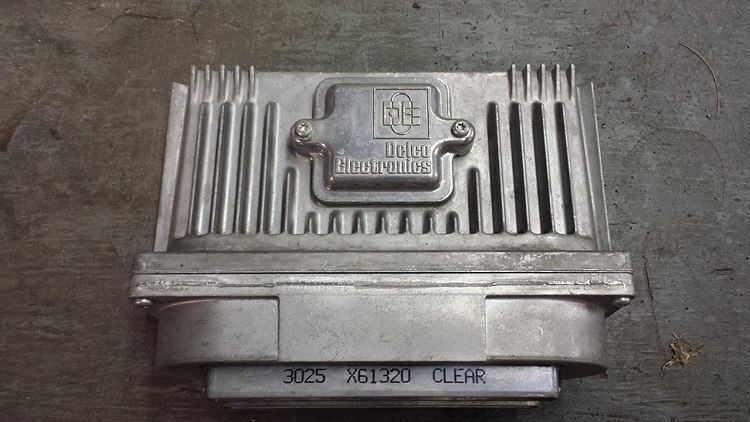 | ||
A power-train control module, abbreviated PCM, is an automotive component, a control unit, used on motor vehicles. It is generally a combined control unit, consisting of the engine control unit (ECU) and the transmission control unit (TCU). On some cars, such as many Chryslers, there are multiple computers: the PCM, the Transmission Control Unit, and the Body Control Module, for a total of three separate computers as an example. These automotive computers are generally very reliable. The PCM commonly controls more than 100 factors in a car or truck. There are many hundreds of error codes that can occur, which indicates that some subsection of the car is experiencing a problem. When one of these errors occurs, usually it will turn on the "check engine" light on the dashboard. The PCM is one of potentially several on-board computers, or essentially the "brain" of the engine control system.
The primary inputs to the PCM come from many sensors, of different types, that are spread around the car. Most of them are oriented toward engine management and performance. These sensors fail at a much higher rate than any of the computers do.
Early use of the powertrain control module dates back to the late 1970s - official phasing in of the PCM occurred during the early 1980s when used in conjunction with electronic controlled carburetors and lockup torque converters (at the time conventional 3-speed automatics received lockup converters at the same time overdrives were introduced).
Other names
Engine control unit is also called:
